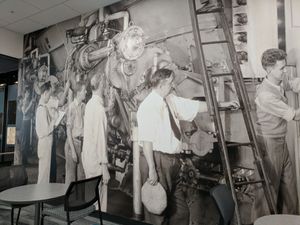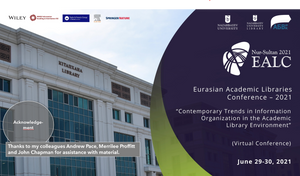Manuel Castells’ Rise of the Network Society is a loose, baggy monster of a book, to hijack an expression. It is full of memorable phrases. One that has stuck in my mind is his catchy definition of space as ‘material support for time-sharing social practices’. This is in the context of how networks create new spaces for social practices.
I mentioned Eduserv and Second Life the other day. I was sent a follow-up note pointing to the press release [pdf] about the projects it is funding on learning and ‘virtual world’ spaces. And Andy Powell has posted an interesting personal reflection about Second Life, its appeal, and its potential.
Whether this level of attention is justified is another matter of course. As with the early days of the Web, what we are seeing at the moment is a lot of experimentation – with no-one being quite sure what works well and what doesn’t. We’re seeing lots of people in the education sector getting excited, getting involved, getting in-world, and then trying to work out what the hell they are going to do when they get there. Those people are usually operating alone or in small units – there is still little high-level strategic commitment to Second Life or 3-D virtual worlds. [Sage – eFoundations]
At the same time, Herbert sent me a note recently about a very interesting looking conference at Ghent University, new Google partner and Herbert’s former workplace.
The International Conference on Analogous Spaces interrogates the analogy between spaces in which knowledge is preserved, organized, transferred or activated. Although these spaces may differ in material, virtual, or operational ways, there are resemblances if one examines their ‘structure,’ ‘form’ and ‘architecture’. How do these spaces co-exist and interrelate? [___ Analogous Spaces ___]
The call for papers [pdf] cites Castells, and also notes Paul Otlet as an inspirational figure.
It is organized around three themes. Here is the second.
The second theme deals with the space of knowledge and memory. How can we compare the encyclopedia and the museum, the book and the library, the diagram and the database? How do they use architecture to structure knowledge and how is architecture used as a metaphor of memory? [___ Analogous Spaces ___]
It certainly looks as if material support for time-sharing social practices will be provided in a variety of ways ….
Update: I just saw Dave Tosh’s post querying the value of Second Life in an educational context.
Related entries:



